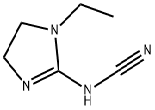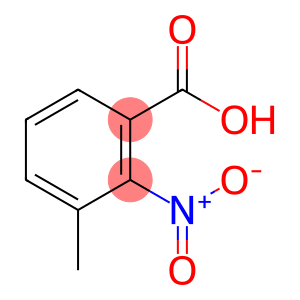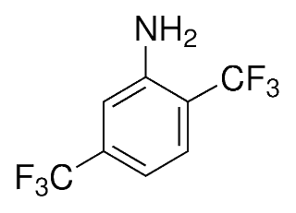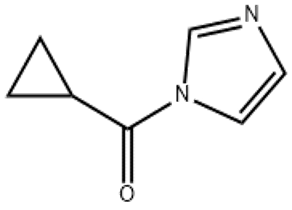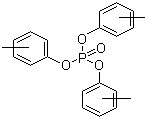4-Chlorobenzoyl chloride(CAS#122-01-0)
| Hazard Symbols | C – Corrosive |
| Risk Codes | R34 – Causes burns R36/37 – Irritating to eyes and respiratory system. |
| Safety Description | S26 – In case of contact with eyes, rinse immediately with plenty of water and seek medical advice. S36/37/39 – Wear suitable protective clothing, gloves and eye/face protection. S45 – In case of accident or if you feel unwell, seek medical advice immediately (show the label whenever possible.) S28A - |
| UN IDs | UN 3265 8/PG 2 |
| WGK Germany | 1 |
| RTECS | DM6635510 |
| FLUKA BRAND F CODES | 10-19-21 |
| TSCA | Yes |
| HS Code | 29163900 |
| Hazard Class | 8 |
| Packing Group | II |
Introduction
4-Chlorobenzoyl chloride is an organic compound. Here is some information about its properties, uses, manufacturing methods, and safety:
Quality:
- Appearance: 4-Chlorobenzoyl chloride is a colorless to light yellow liquid with a pepper-like pungent odor at room temperature.
- Solubility: It is soluble in some organic solvents such as methylene chloride, ether and benzene.
Use:
- Synthetic chemicals: 4-Chlorobenzoyl chloride is commonly used as a reagent in organic synthesis, such as for the synthesis of esters, ethers, and amide compounds.
- Pesticides: It can also be used as a raw material for some pesticides.
Method:
The preparation of 4-chlorobenzoyl chloride can be obtained by reacting p-toluene with chlorine gas. The reaction is generally carried out in the presence of chlorine and irradiation with ultraviolet light or ultraviolet radiation.
Safety Information:
- Corrosive to the skin and eyes, wear protective gloves and goggles when in contact.
- Inhalation or ingestion may cause pain, burns, etc., in the respiratory and digestive systems.
- Should be stored in a cool, ventilated place, away from fire and oxidants.
- When using or handling 4-chlorobenzoyl chloride, follow proper laboratory protocols and take appropriate safety measures, such as the use of exhaust equipment and the wearing of personal protective equipment.




